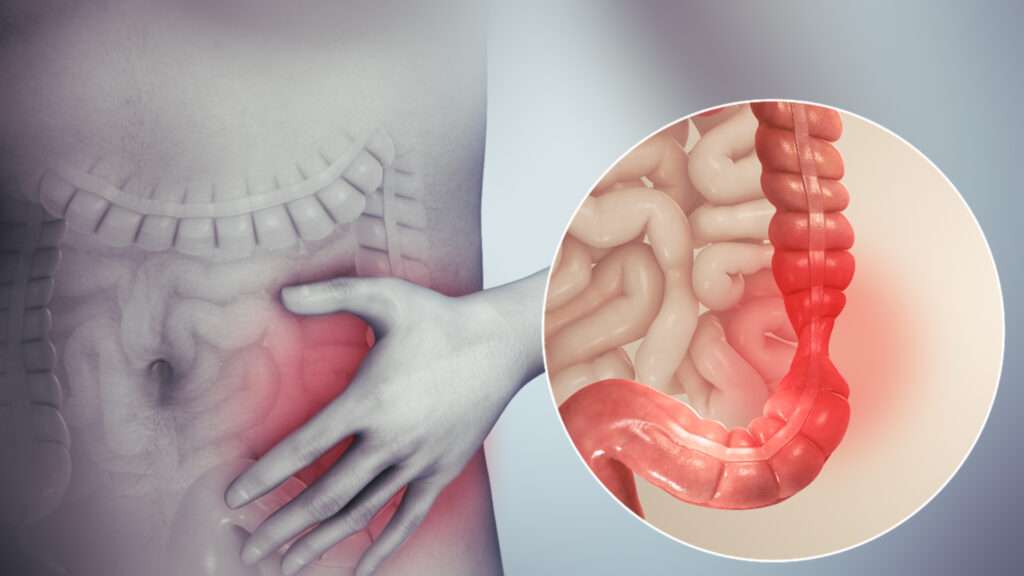
Understanding Hair Transplants
Hair transplantation is a surgical procedure designed to treat hair loss by relocating hair follicles from a donor area to a recipient area. This procedure can effectively address various forms of hair loss, including male and female pattern baldness, hair thinning, and scarring from injuries or previous surgeries.
Types of Hair Transplant Techniques
- Follicular Unit Transplantation (FUT): This method involves removing a strip of hair-bearing skin from the donor area, typically the back of the head. The strip is then dissected into individual follicular units for transplantation into the recipient site.
- Follicular Unit Extraction (FUE): FUE is a minimally invasive technique that uses tiny punches to extract individual hair follicles from the donor area. It results in small, round scars that are less noticeable than the linear scar produced by FUT.
- Direct Hair Implantation (DHI): DHI is a specialized FUE technique where harvested hair follicles are immediately implanted into the recipient site without the need for pre-made incisions. This can lead to a faster recovery and more natural-looking results.
The Hair Transplant Procedure
- Consultation: The process begins with a consultation with a qualified hair transplant surgeon, who assesses your suitability for the procedure and develops a personalized treatment plan based on your goals.
- Preparation: On the day of the surgery, local anesthesia is administered to numb both the donor and recipient areas, ensuring minimal discomfort during the procedure.
- Donor Hair Extraction: Depending on the chosen technique (FUT or FUE), hair follicles are extracted from the donor area.
- Recipient Site Creation: Tiny incisions or channels are made in the recipient area, following the natural hair growth pattern.
- Hair Follicle Transplantation: Skilled technicians or the surgeon transplant the harvested follicles into the recipient sites.
- Recovery: After the procedure, you may experience some swelling, redness, and minor discomfort, which typically subside within a few days.
Post-Operative Care
Following a hair transplant, it’s crucial to adhere to your surgeon’s post-operative care instructions, which may include:
- Medications: Prescribed medications to minimize swelling and prevent infection.
- Gentle Hair Care: Avoiding vigorous shampooing or brushing for the first few days.
- Sun Protection: Shielding your scalp from direct sunlight.
- Avoiding Strenuous Activities: Refraining from strenuous exercise for a specified period.
- Follow-Up Appointments: Regular check-ups with your surgeon to monitor progress.
Results and Patience
Hair transplant results take time to fully manifest. Typically, new hair growth becomes visible within a few months, with final results apparent after 12-18 months. The transplanted hair will grow naturally and can be styled, cut, and treated like the rest of your hair.
Conclusion
A hair transplant can be a transformative solution for those grappling with hair loss. It not only restores lost hair but also enhances self-confidence. However, selecting a qualified and experienced surgeon and maintaining realistic expectations are crucial factors. With proper care and patience, a hair transplant can provide a fuller, more youthful head of hair, significantly boosting self-esteem.




